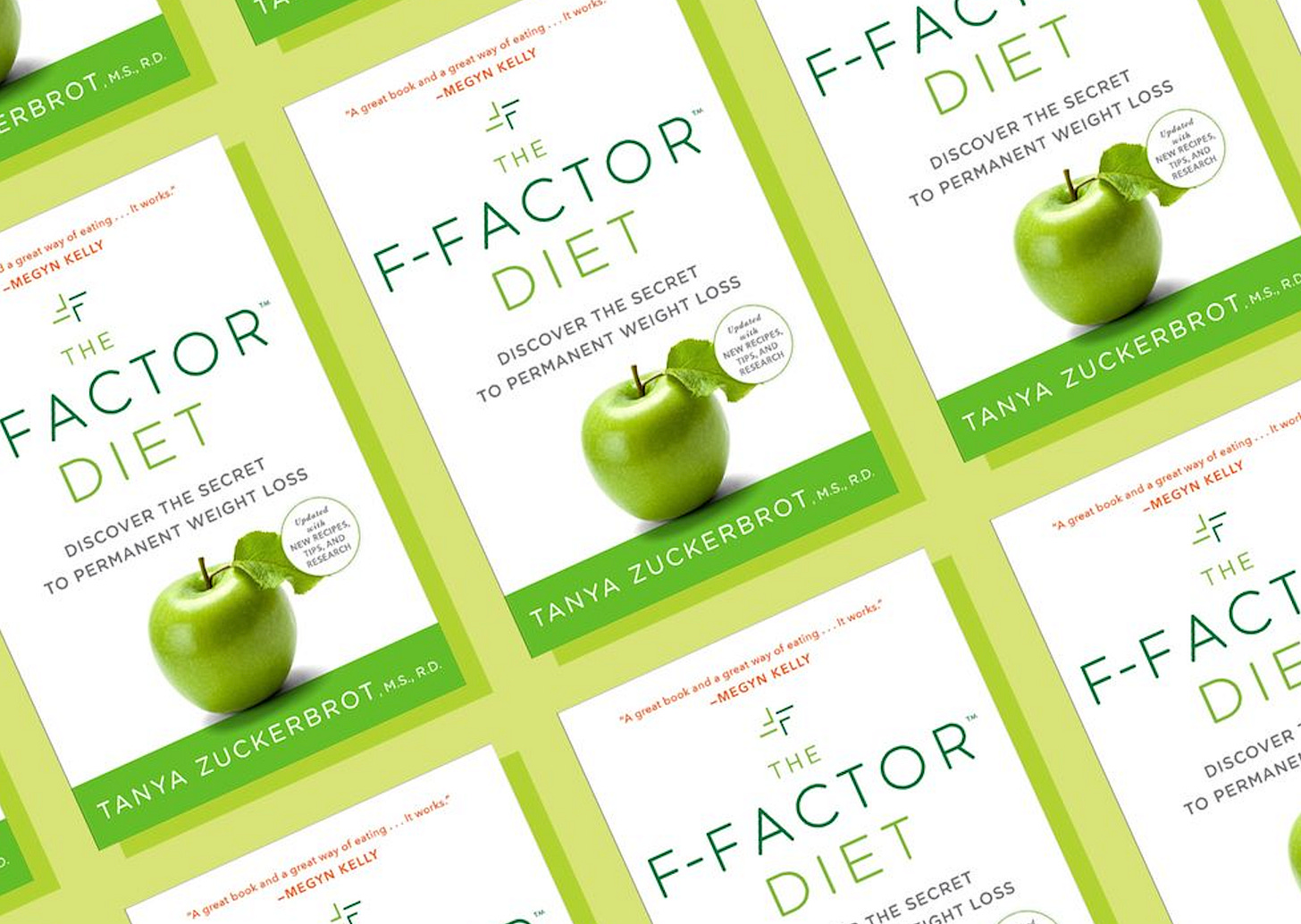What the F is going on with fibre?
If you’re old enough to remember nutritional advice from the last millennium (or actually, any time before around 2014), then you might associate fibre with unsexy things like bowel movements, and unappetising words like ’bran’.
But something happened over the past couple of years that has elevated fibre to a hot topic that even my least wellness-inclined friends want to discuss with me. And that thing is an influencer feud. Now, there’s nothing I enjoy more than an influencer feud, and this one is particularly juicy.
In a nutshell: New York-based nutritionist and Instagram star Tanya Zuckerbrot is the founder of the F-Factor Diet, an eating plan revolving around fibre-enriched protein powders and snack bars that her company sells. In 2020, a fashion influencer called Emily Gellis took it upon herself to bring down the F-Factor, regularly going live on Instagram (during the lockdowns, when many peopl…
Keep reading with a 7-day free trial
Subscribe to Well Well Well with Rosamund Dean to keep reading this post and get 7 days of free access to the full post archives.





